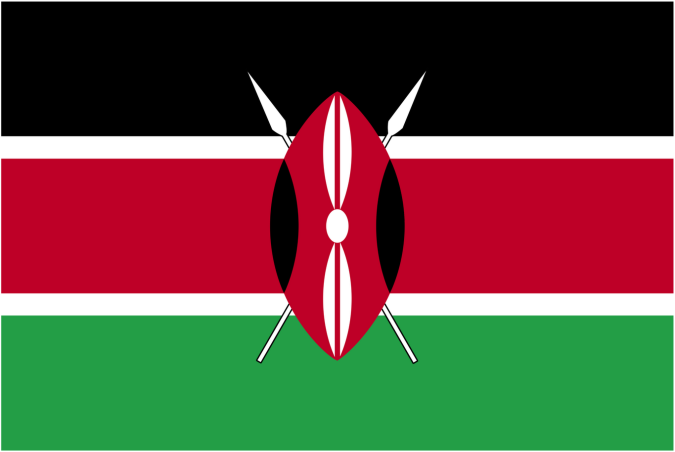How to cushion digital cash users from outages

MBUGUA NJIHIA
We have felt the immediate shock of key digital money utilities going offline, whether as a consequence of adhoc platform issues or scheduled maintenance that is often announced beforehand.
The inconvenience that is experienced when these platforms skip a beat, slowly gnaws on the gains made with going cashless and continues to support the currently entrenched place of cash that carries no surprises with it.
Even as Safaricom’s M- Pesa sneezed, much to the chagrin of many stuck at various points of purchase, we must appreciate that no platform is infallible. Outside of cash and the ‘yet to scale distribution-wise’ cryptocurrency, the other option is plastic.
Unknown to many Kenyan’s, Mastercard and Visa, have both suffered outages at scale this year. First was VISA on June 1 this year with an outage that lasted 10 hours and affected over two million transactions, followed only weeks later by Mastercard.
I would like to share a thought, as incomplete as it comes on what could possibly be a silver bullet to buffer consumers against crippling outages.
The Central Bank of Kenya is meant to ensure safe and efficient payment and settlement systems in support of an efficient financial sector, so logically this solution would sit there, whether manifest as a direct service offering or fully owned subsidiary.
Borrowing from M-Pesa, where user funds are held in trust, the CBK could create a similar vehicle with the additional feature of carrying a daily interest benefit. Unlike mainstream banks, this service would not carry out any traditional lending nor engage in retail and commercial lines but instead only play in the interbank lending space.
The secret sauce would lie in the opening up of this pooled digital vault by the CBK to the rest of the licensed financial services fraternity via application programming interfaces for them to build channels both in and out and thereafter layer services atop.
This would change the game somewhat as it now boils down to service innovation, user experiences, growth tactics and business models of those invested in the space.
With multiple ways of accessing one’s funds coupled with links to service bouquets but from different financial service providers, suddenly the risk to the economy is reduced by several factors and consumers freed from the anxiety of having only one rail through which to access their funds and employ them for various disparate uses.
 Africas leading resource for digital financial services
Africas leading resource for digital financial services


comments